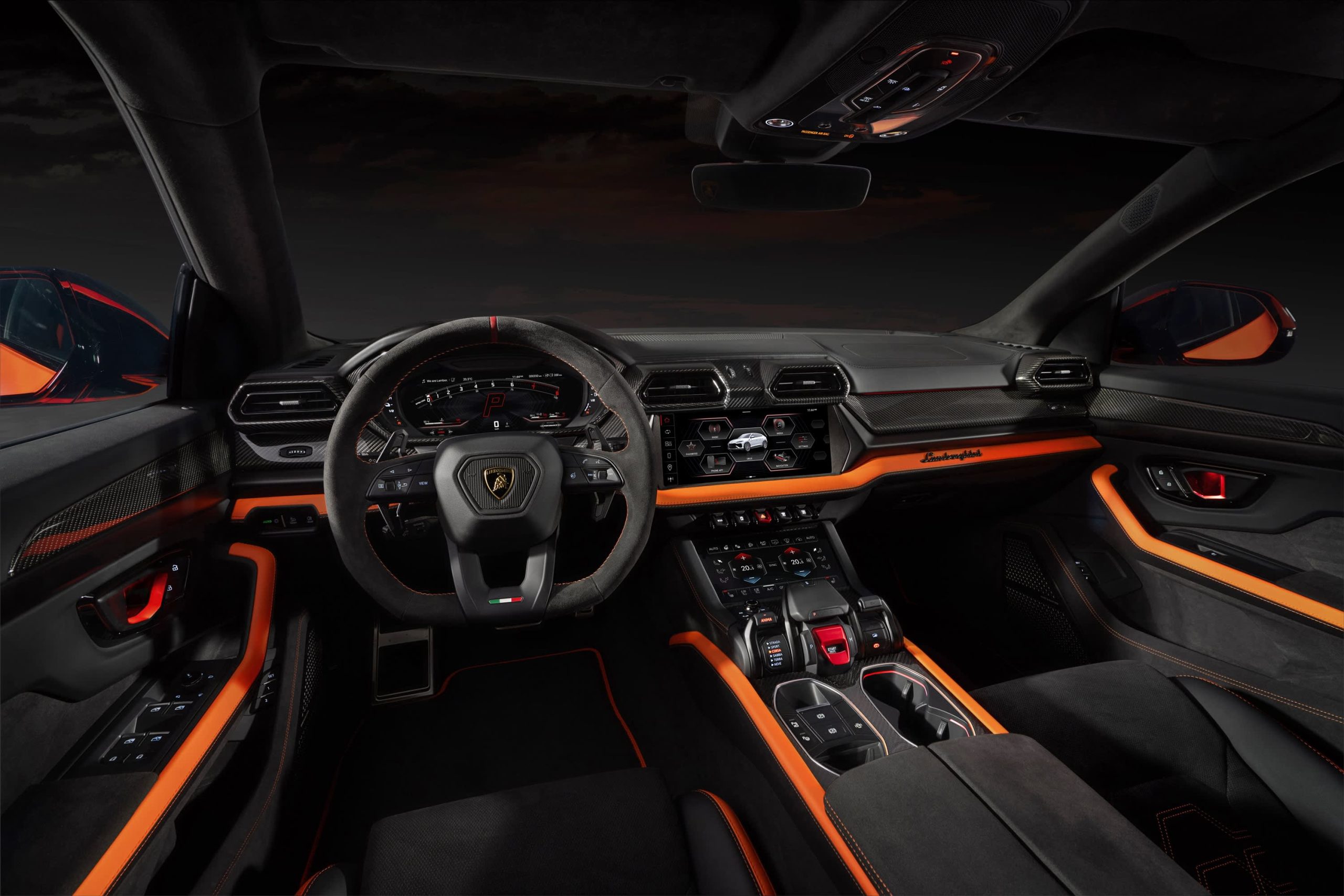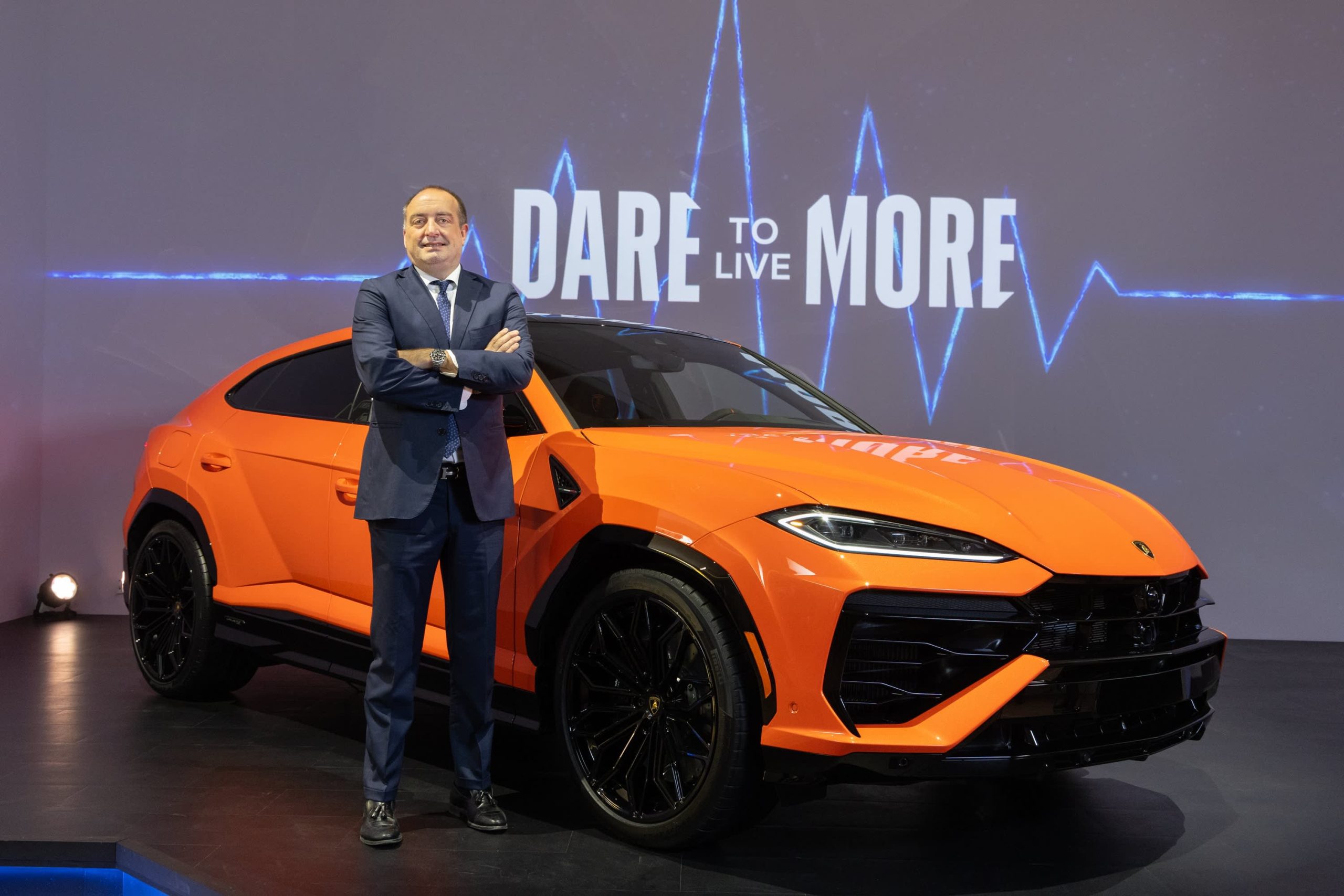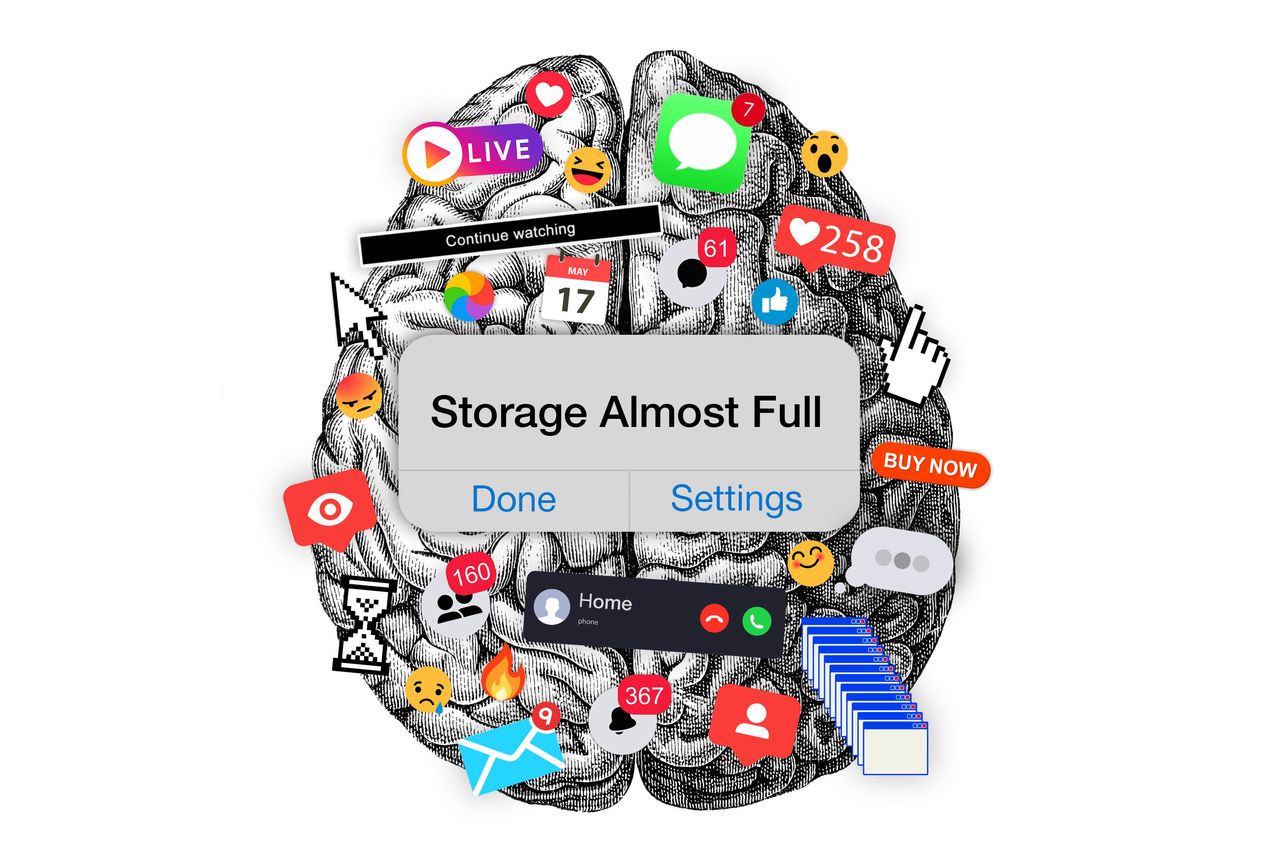How To Overcome Multitasking Madness
oggling between devices and apps is leading to shortened attention spans, errors and memory problems. There are remedies.
You know that productivity rush you get when responding to Slack messages from colleagues, emailing your child’s teacher and placing an Amazon order—all while on a Zoom?
Not all multitasking is the same, of course: Folding laundry while watching TV isn’t a problem. Studying for an exam while listening to music and checking your social-media feed is.
As it turns out, media multitasking is making us less productive, not more, according to neuroscientists and others who are studying this. You might be checking stuff off your to-do list, but you might also be missing some of the more important things that go whizzing by.
Nonstop toggling between devices and apps slows our ability to process and retain information, decreases our ability to filter out extraneous information, shortens our attention span and causes us to make mistakes, neuroscientists say. The researchers say the glut of new technological distractions over the past decade means the consequences of bad multitasking are now more dire.
Fortunately, there are remedies for multitasking madness.
Walking and chewing gum
Attempting to do too many things at once causes a bottleneck in the prefrontal cortex, the brain’s control centre, according to brain researchers at the University of Helsinki. They conducted brain-imaging scans of young adults to see what was going on while the participants were asked to read or listen to two kinds of sentences: sensical (“This morning I ate a bowl of cereal.”) and nonsensical (“This morning I ate a bowl of shoes.”).
The participants were asked to identify which sentences made sense. They were also presented with written and spoken sentences at the same time. The participants’ ability to correctly identify sentences declined significantly when their attention was divided between the written and spoken sentences.
That original study was published in 2015 in the journal Frontiers in Human Neuroscience, and a follow-up published this month covered other ground and reaffirmed the initial findings.
Carl Marci, a psychiatrist at Massachusetts General Hospital in Boston who has researched media multitasking extensively, said the study, in which he had no involvement, provides evidence that the brain reaches a capacity limit as it tries to process two streams of information at once.
Dr. Marci first began studying media multitasking when he worked at market-research firm Nielsen as chief neuroscientist of its consumer-neuroscience division. In 2002,he saw American adults were spending up to 40 hours a week consuming media; now, they’re spending about 80 hours a week doing so.
“How do people spend the equivalent of two full-time jobs a week consuming media? It isn’t possible unless they’re doing two things at once,” said Dr. Marci, who dedicated a section of his new book, “Rewired: Protecting Your Brain in the Digital Age,” to the phenomenon.
Those at greatest risk are children, he said, who are spending more time on devices at ever-younger ages, which has the potential for disaster come the teenage years.
“The analogy often used when describing teens, that there’s too much gas and not enough brake, applies here,” Dr. Marci said.
Translation: There’s more available stimulation to the brain’s reward and emotion centres, but not enough friction that comes from good judgment. You get that from your prefrontal cortex, which isn’t developed until around age 25, he added.
Trouble at school and work
Numerous studies have found that learning suffers among young children even when TV is on in the background, and that grades decline when students are texting or using social media in class or when doing homework.
Adults aren’t immune to the detrimental effects of trying to do too much. We’re constantly distracted by notifications at work and families can’t seem to watch a TV show together without one or more members simultaneously scrolling social media.
These habits tend to carry over into all areas of life, Dr. Marci said, including driving, where divided attention can be fatal.
But are kids adapting to this world of multiple data streams? Will they become tomorrow’s mega-multitaskers? The answer appears to be no.
The Finnish researchers conducted another multitasking study on the recognition of nonsensical sentences. Performed a year later, this larger second study involved adolescents and young adults, who shared their daily media-multitasking habits. Those who reported the highest levels of media multitasking performed worse on the sentence-recognition tasks when they were distracted by music.
These heavy multitaskers showed higher prefrontal-cortex activity than mono-taskers. That doesn’t mean they were achieving more. They were exerting more brain effort to recognize the sentences in the presence of distraction.
“We feel we’re working harder,” Dr. Marci said. “But it doesn’t mean we’re working smarter.”
The upside? Those in the study who claimed to multitask less often were better able to tune out the distraction.
What you can do
Here are tips to help you stay on task and be less scattered.
Block out focus time. Set aside time to get a work or school project done and set your phone to Do Not Disturb. Close out of your email and other distracting programs on your computer and turn off notifications. Setting an alarm can help so you’re not watching the clock.
Set expectations. If your boss or co-workers frequently need to be in touch, let them know when you plan to be offline focusing on a project. Mark it on your calendar if you need to.
Leave your phone in another room. Whether you’re watching a movie with your family or doing homework, have your phone out of sight. Research has shown that just seeing your phone, even if it’s muted and the screen is obscured, can lead to distracting thoughts.
Teach good habits early. All of this applies to your kids, who will not only follow your lead, but will also seek any and all available distractions on their own. It’s good to set an example, as well as limit what they can and can’t do during, for instance, the homework hour.
Reprinted by permission of The Wall Street Journal, Copyright 2021 Dow Jones & Company. Inc. All Rights Reserved Worldwide. Original date of publication: May 4, 2022
 Copyright 2020, Dow Jones & Company, Inc. All Rights Reserved Worldwide. LEARN MORE
Copyright 2020, Dow Jones & Company, Inc. All Rights Reserved Worldwide. LEARN MORE
This stylish family home combines a classic palette and finishes with a flexible floorplan
Just 55 minutes from Sydney, make this your creative getaway located in the majestic Hawkesbury region.
The marketplace has spoken and, at least for now, it’s showing preference for hybrids and plug-in hybrids (PHEVs) over battery electrics. That makes Toyota’s foot dragging on EVs (and full speed ahead on hybrids) look fairly wise, though the timeline along a bumpy road still gets us to full electrification by 2035.
Italian supercar producer Lamborghini, in business since 1963, is also proceeding, incrementally, toward battery power. In an interview, Federico Foschini , Lamborghini’s chief global marketing and sales officer, talked about the new Urus SE plug-in hybrid the company showed at its lounge in New York on Monday.

Lamborghini
The Urus SE SUV will sell for US$258,000 in the U.S. (the company’s biggest market) when it goes on sale internationally in the first quarter of 2025, Foschini says.
“We’re using the contribution from the electric motor and battery to not only lower emissions but also to boost performance,” he says. “Next year, all three of our models [the others are the Revuelto, a PHEV from launch, and the continuation of the Huracán] will be available as PHEVs.”
The Euro-spec Urus SE will have a stated 37 miles of electric-only range, thanks to a 192-horsepower electric motor and a 25.9-kilowatt-hour battery, but that distance will probably be less in stricter U.S. federal testing. In electric mode, the SE can reach 81 miles per hour. With the 4-litre 620-horsepower twin-turbo V8 engine engaged, the picture is quite different. With 789 horsepower and 701 pound-feet of torque on tap, the SE—as big as it is—can reach 62 mph in 3.4 seconds and attain 193 mph. It’s marginally faster than the Urus S, but also slightly under the cutting-edge Urus Performante model. Lamborghini says the SE reduces emissions by 80% compared to a standard Urus.
Lamborghini’s Urus plans are a little complicated. The company’s order books are full through 2025, but after that it plans to ditch the S and Performante models and produce only the SE. That’s only for a year, however, because the all-electric Urus should arrive by 2029.

Lamborghini
Thanks to the electric motor, the Urus SE offers all-wheel drive. The motor is situated inside the eight-speed automatic transmission, and it acts as a booster for the V8 but it can also drive the wheels on its own. The electric torque-vectoring system distributes power to the wheels that need it for improved cornering. The Urus SE has six driving modes, with variations that give a total of 11 performance options. There are carbon ceramic brakes front and rear.
To distinguish it, the Urus SE gets a new “floating” hood design and a new grille, headlights with matrix LED technology and a new lighting signature, and a redesigned bumper. There are more than 100 bodywork styling options, and 47 interior color combinations, with four embroidery types. The rear liftgate has also been restyled, with lights that connect the tail light clusters. The rear diffuser was redesigned to give 35% more downforce (compared to the Urus S) and keep the car on the road.
The Urus represents about 60% of U.S. Lamborghini sales, Foschini says, and in the early years 80% of buyers were new to the brand. Now it’s down to 70%because, as Foschini says, some happy Urus owners have upgraded to the Performante model. Lamborghini sold 3,000 cars last year in the U.S., where it has 44 dealers. Global sales were 10,112, the first time the marque went into five figures.
The average Urus buyer is 45 years old, though it’s 10 years younger in China and 10 years older in Japan. Only 10% are women, though that percentage is increasing.
“The customer base is widening, thanks to the broad appeal of the Urus—it’s a very usable car,” Foschini says. “The new buyers are successful in business, appreciate the technology, the performance, the unconventional design, and the fun-to-drive nature of the Urus.”
Maserati has two SUVs in its lineup, the Levante and the smaller Grecale. But Foschini says Lamborghini has no such plans. “A smaller SUV is not consistent with the positioning of our brand,” he says. “It’s not what we need in our portfolio now.”
It’s unclear exactly when Lamborghini will become an all-battery-electric brand. Foschini says that the Italian automaker is working with Volkswagen Group partner Porsche on e-fuel, synthetic and renewably made gasoline that could presumably extend the brand’s internal-combustion identity. But now, e-fuel is very expensive to make as it relies on wind power and captured carbon dioxide.
During Monterey Car Week in 2023, Lamborghini showed the Lanzador , a 2+2 electric concept car with high ground clearance that is headed for production. “This is the right electric vehicle for us,” Foschini says. “And the production version will look better than the concept.” The Lanzador, Lamborghini’s fourth model, should arrive in 2028.
Consumers are going to gravitate toward applications powered by the buzzy new technology, analyst Michael Wolf predicts
This stylish family home combines a classic palette and finishes with a flexible floorplan























